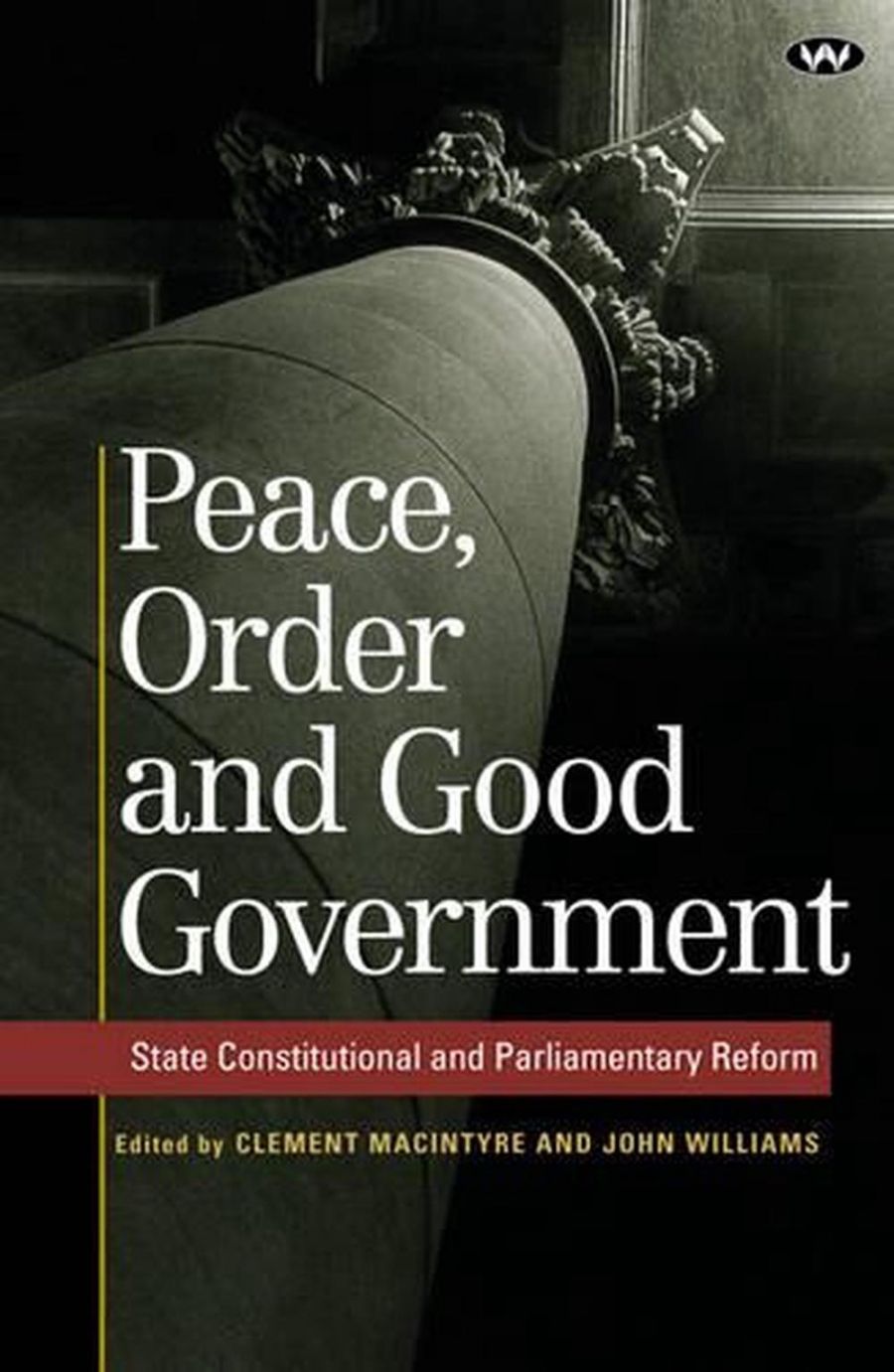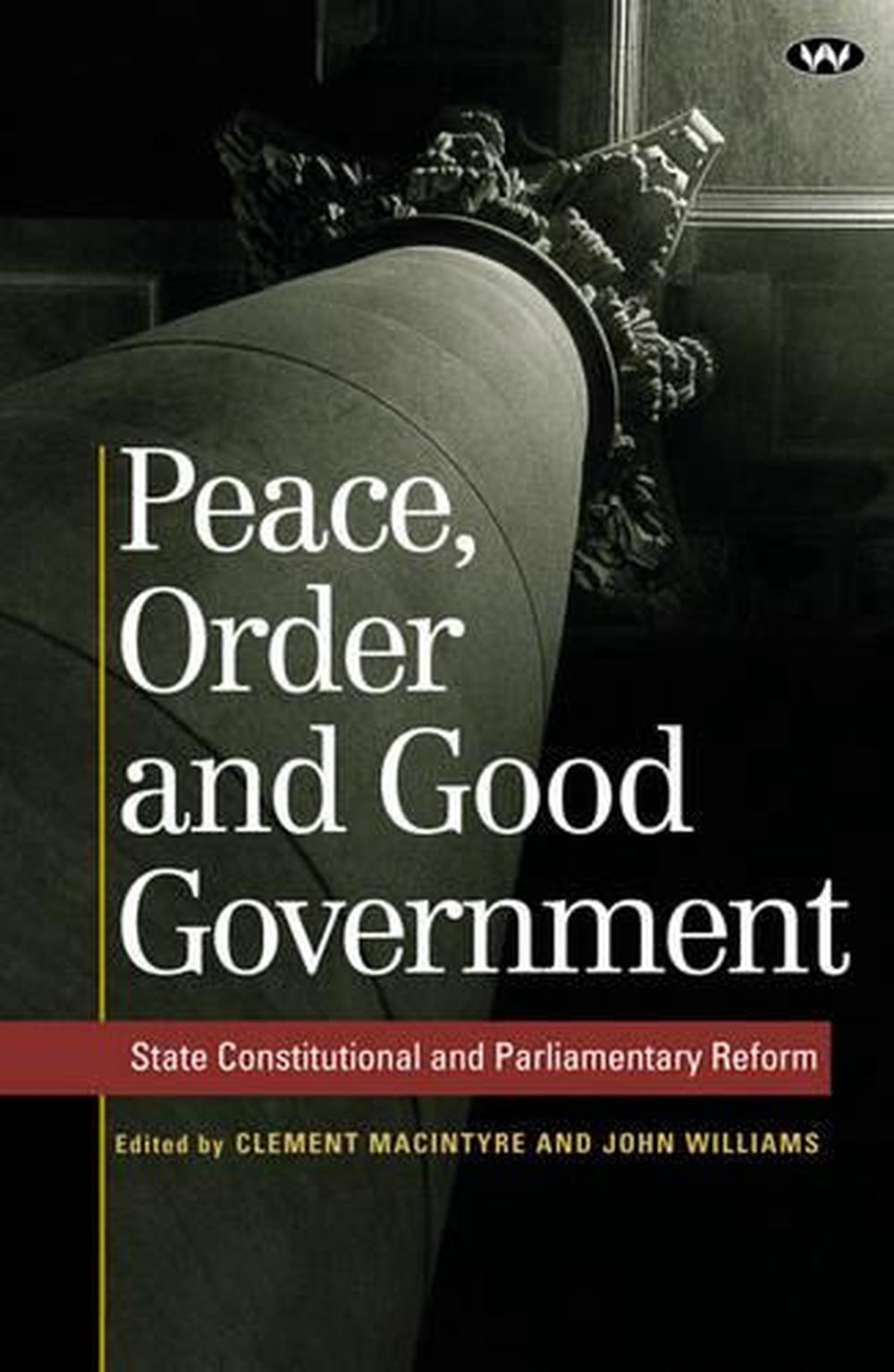
- Free Article: No
- Contents Category: Politics
- Review Article: Yes
- Article Title: Theory and Practise
- Online Only: No
- Custom Highlight Text:
Speaking in the context of the Quebec secessionist movement, Stéphane Dion described Canada as ‘a country that works in practice but not in theory’. Whilst particularly telling of that country’s political turmoil, Dion’s summary also points to an abiding tension in all Western democracies: the perceived gulf between the theory and the practice of modern government. Constitution and parliament, the people and their representatives, tradition and modern requirements: in theory, each pair dovetail, but in practice they tend to be loose at the edges. (Try finding, for example, any reference to ‘prime minister’ in our Constitution.) The ongoing efforts within Australia to reconcile the theory and practice of government are at the centre of this important book, which was released to coincide with the South Australian Constitutional Convention (held in August 2003).
- Book 1 Title: Peace, Order and Good Government
- Book 1 Subtitle: State Constitutional and Parliamentary Reform
- Book 1 Biblio: Wakefield Press, $39.95 pb, 333 pp
- Book 1 Cover Small (400 x 600):

- Book 1 Cover (800 x 1200):

Most of the essays in this edition use the reform initiatives of that state as their point of focus. Nevertheless, the book remains widely relevant, as many of the reforms it covers (which remain under discussion in South Australia) have not yet been implemented in the other states. Some, however, have been subject to consideration in the other states and in federal parliament, and a few have been implemented overseas. The essays cover most of these developments and offer a number of valuable insights.
The first section of the book deals with the process of constitutional reform and draws on the experiences of legislators at both state and federal level. Most of the contributors to this section emphasise the importance of community consultation and the setting of clearly defined terms of reference to the success of the reform process. Cheryl Saunders draws on her experience as deputy chair of the Australian Constitutional Centenary Foundation, while Chris Sumner reviews the history of constitutional reform in South Australia, providing the insider’s view of a former attorney-general. Christina Murray’s fascinating article on the drafting of the new South African constitution indicates that a level of personal rapport between key participants can be just as influential in achieving consensus on constitutional matters.
The workings of parliament, and proposals for its reform, occupy most of the remaining contributions. Brad Selway reviews the convention of ministerial responsibility, maintaining that the current system of parliamentary scrutiny over executive government is ineffective. He suggests fundamental reforms such as transferring oversight of the executive to autonomous agencies answerable to cabinet. John Williams surveys the impact of the Commonwealth Constitution on the law-making powers of the states, particularly in relation to political discourse following recent decisions of the High Court. The role of the Speaker of parliament is surveyed by Neil Andrew, the current Speaker of the Commonwealth House of Representatives, who rejects the common public perception of bias on the part of the Speaker, maintaining a distinction between the independence and impartiality of the office. It is interesting to note that delegates to the South Australian Constitutional Convention attached far more importance to the independence of their parliament’s Speaker: only fifteen per cent of delegates believed, at the conclusion of the Convention, that it was acceptable for the Speaker to remain fully involved in party affairs. This is perhaps a further illustration that political theory can be coldly at odds with political reality.
The most provocative contributions relate to the proposal to introduce Citizen Initiated Referenda (CIR). The CIR proposal entails a type of ‘direct democracy’, whereby a number of electors may, by petition, compel the government to hold a referendum on whether a law should be enacted or repealed. The result of the referendum is binding on the parliament. The system is an attempt to address the criticism that ‘governments are only democratic on polling day’. It has been used overseas in various forms, but has not yet been implemented anywhere in Australia. While some of the contributors endorse the proposal (delegates to the South Australian Constitutional Convention certainly did, with sixty-four per cent in favour of the general concept), Lisa Hill makes the cautionary note that CIR are not immune from populist and ill-informed polling. Nor are they immune from the influence of powerful interests and the consequent risk of ‘purchased democracy’. Hill cites evidence from Switzerland (which has had CIR at national level since 1874) of ‘voter fatigue’: the Swiss attend two to four ballots a year, and voter turnout has been in decline for some years.
Obviously, no single edition could cover the field of parliamentary and constitutional reform. It is disappointing, however, that the book does not deal more comprehensively with the issue of a Bill of Rights for Australia. Ellen France reviews the New Zealand Bill of Rights and her article is instructive in demonstrating the limited remedies afforded by a non-binding instrument (the New Zealand Bill of Rights is not an overriding law and, therefore, the parliament has retained power to enact inconsistent laws). However, having laid all the groundwork, a specific essay on what an Australian Bill of Rights might look like – and, importantly, the process by which it might be successfully introduced – is absent from the collection. The matter is of particular relevance to state law-making since the state constitutions are mostly silent on fundamental rights and impose few limitations upon the power of their parliaments.
That said, this book is a valuable and timely commentary on the workings of government in Australia and will make a healthy contribution to the continuing debates concerning parliamentary and constitutional reform.


Comments powered by CComment